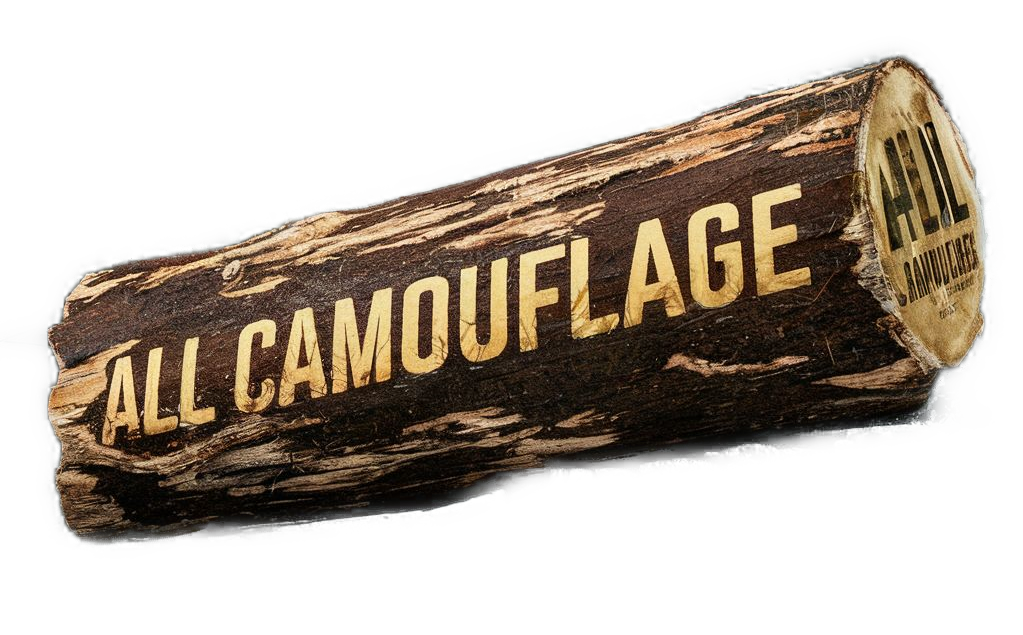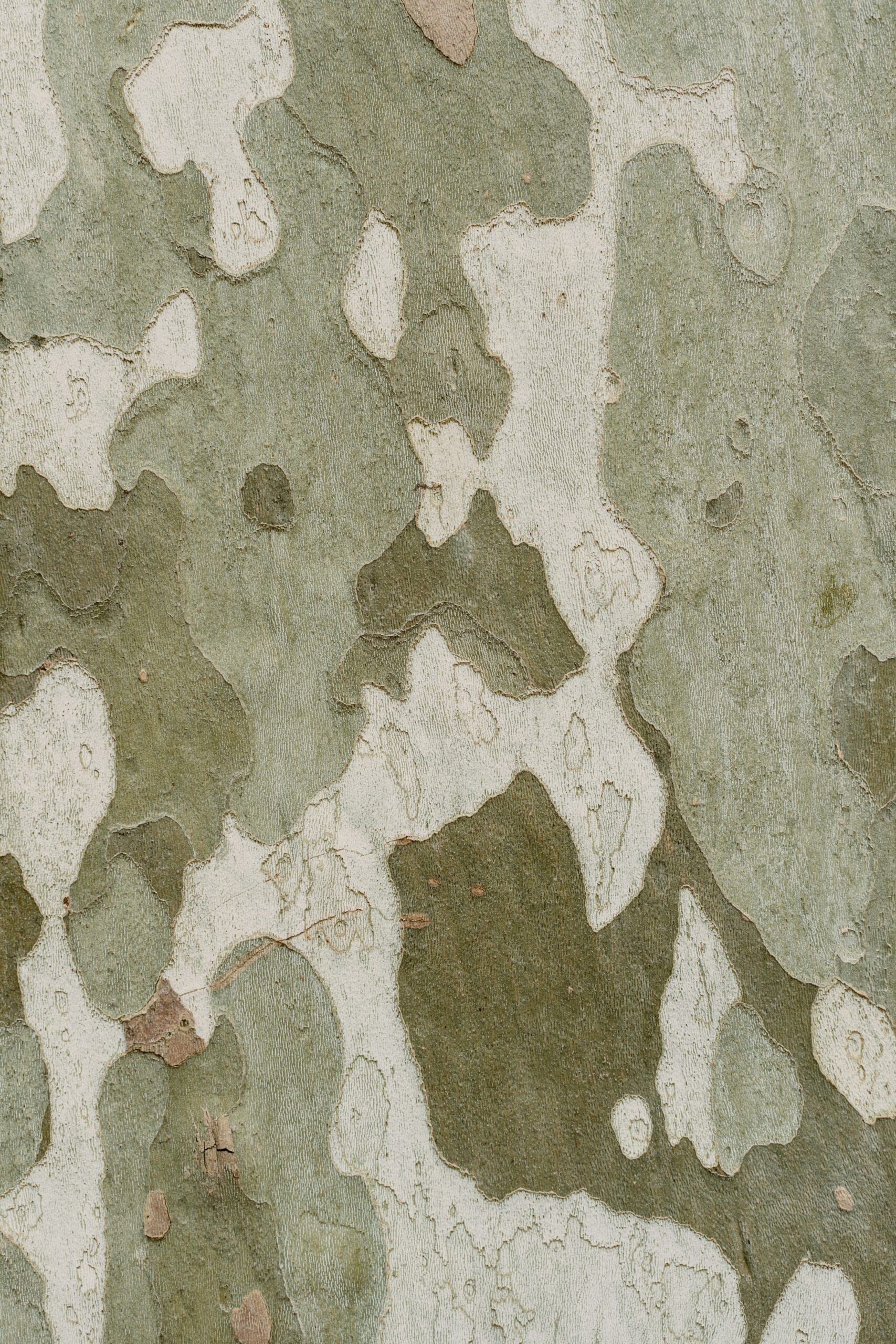You’ve always wondered if camouflage outdoor gear truly lives up to its name. Does it actually blend in seamlessly with the surrounding environment? It’s a question that many outdoor enthusiasts, hunters, and wildlife photographers have pondered. In this article, we will explore the effectiveness of camouflage gear and examine whether it truly helps you disappear into the wilderness, allowing you to observe and interact with nature with minimal disruption. Get ready to uncover the truth behind this popular outdoor staple. Yes, it does! Camouflage is a concept that has been used for centuries to deceive enemies and prey alike. It is the art of blending in with the surroundings, making oneself difficult to detect. In this article, we will dive into the concept of camouflage, its history, the science behind it, the different patterns used, the design and construction of camouflage gear, its effectiveness, and its role in outdoor activities. We will also explore the benefits, limitations, and challenges that come with camouflage gear, as well as advanced technologies and the future of this fascinating field.
Definition of Camouflage
Camouflage, in its simplest definition, refers to the use of color, pattern, and shape to conceal oneself or an object within the environment. The primary goal of camouflage is to blend in with the surroundings, making it difficult for others to detect or recognize the presence of the individual or object. This can be achieved through a combination of techniques such as mimicry, disruptive patterns, and background matching.
History and Evolution of Camouflage
The history of camouflage can be traced back to ancient times when humans used natural materials like leaves and mud to conceal themselves during hunting and warfare. However, the modern concept of camouflage as we know it today began to emerge during World War I. Artists and scientists worked together to develop effective camouflage techniques to hide military equipment, ships, and even soldiers themselves. This marked the beginning of a new era in camouflage, one that would later extend beyond the military realm and into various aspects of everyday life.
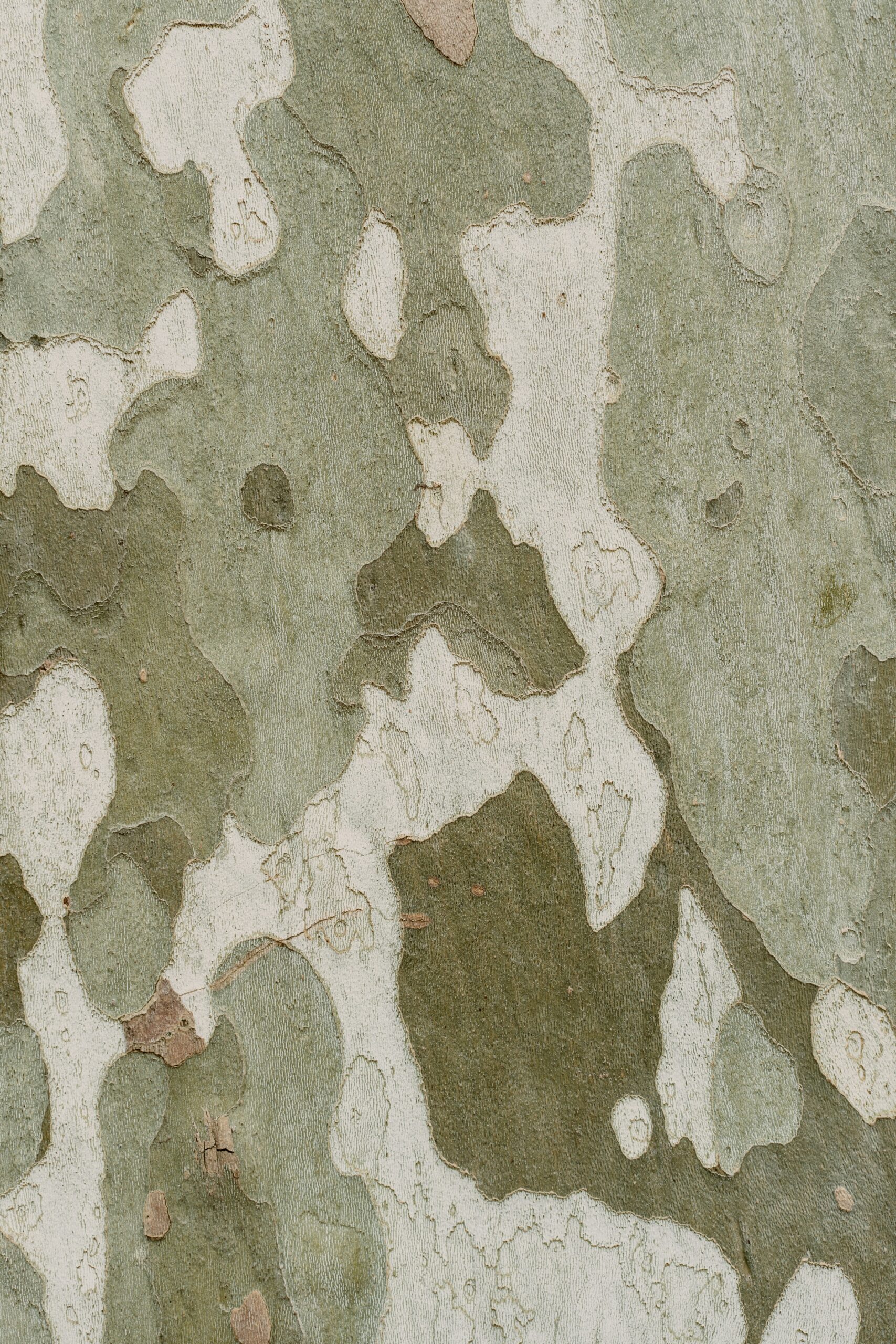
Application of Camouflage in Nature
Camouflage is not just a human invention; it is a common survival strategy found in nature. Many animals and plants have developed natural camouflage to protect themselves from predators or to aid in hunting. From the famous chameleon’s ability to change its color to match its surroundings, to the disruptive patterns on the wings of butterflies, nature provides an abundance of inspiration for camouflage techniques.
The Science Behind Camouflage
Camouflage is rooted in the principles of visual perception and optical illusions. Our brain interprets the visual signals received by our eyes and creates our perception of the world around us. By understanding how our brain processes visual information and how it responds to certain visual cues, scientists have been able to uncover the secrets behind effective camouflage.
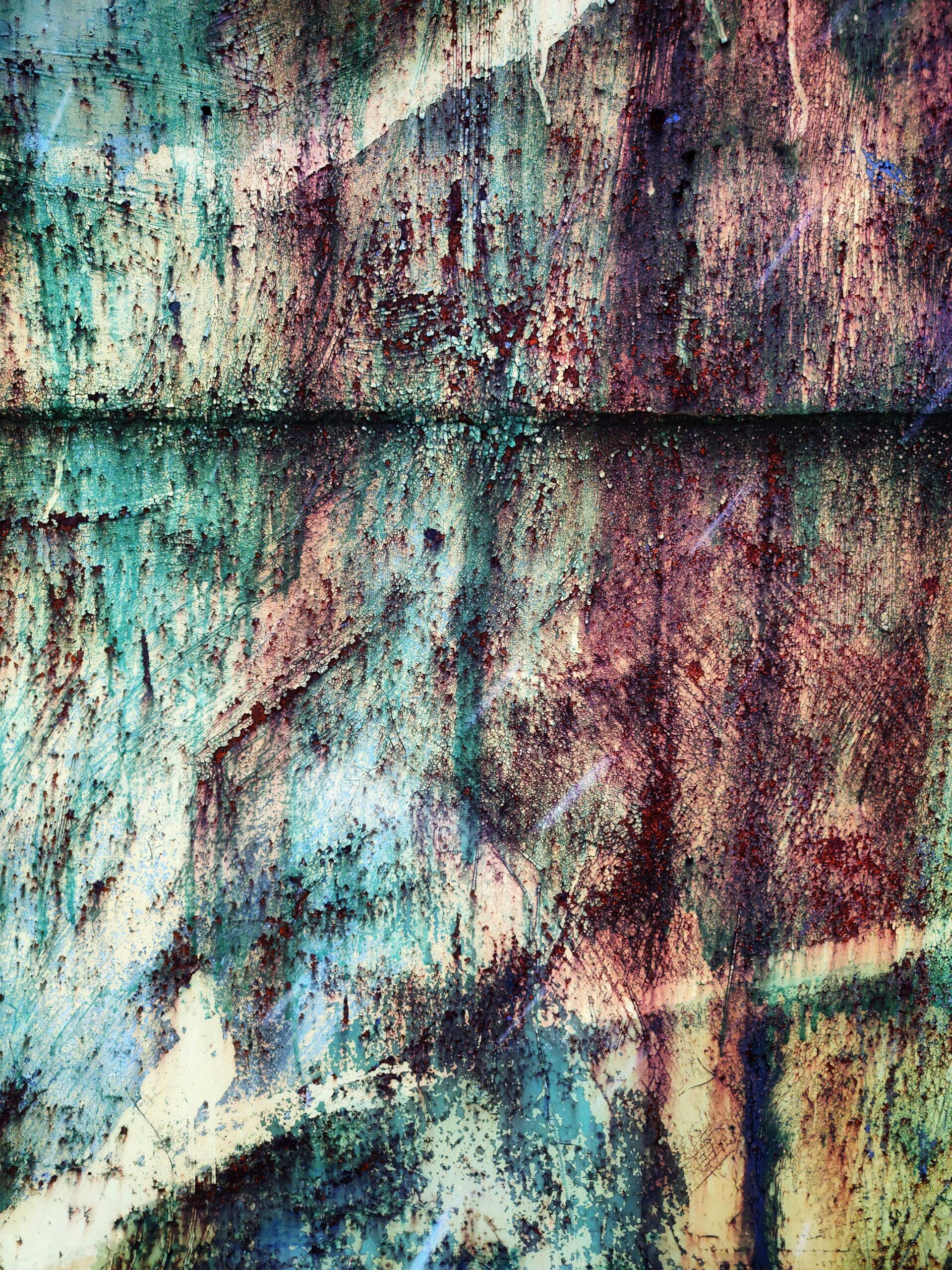
Optical Illusion and Perception
Optical illusions play a significant role in camouflage. By exploiting the brain’s tendency to fill in missing information and perceive certain shapes and patterns, camouflage can create confusion and make it difficult for the observer to identify the concealed object. This can be achieved through techniques such as disruptive coloration, where high-contrast patterns break up the outline of the object.
Color Theory and Camouflage
Color plays a crucial role in camouflage. The ability to match or mimic the colors of the environment is a fundamental aspect of blending in. Color theory, which explores how colors interact and how they are perceived by the human eye, is a useful tool in designing effective camouflage patterns. Understanding the color palette of the environment and selecting appropriate colors that harmonize with it is essential to achieve optimal camouflage.
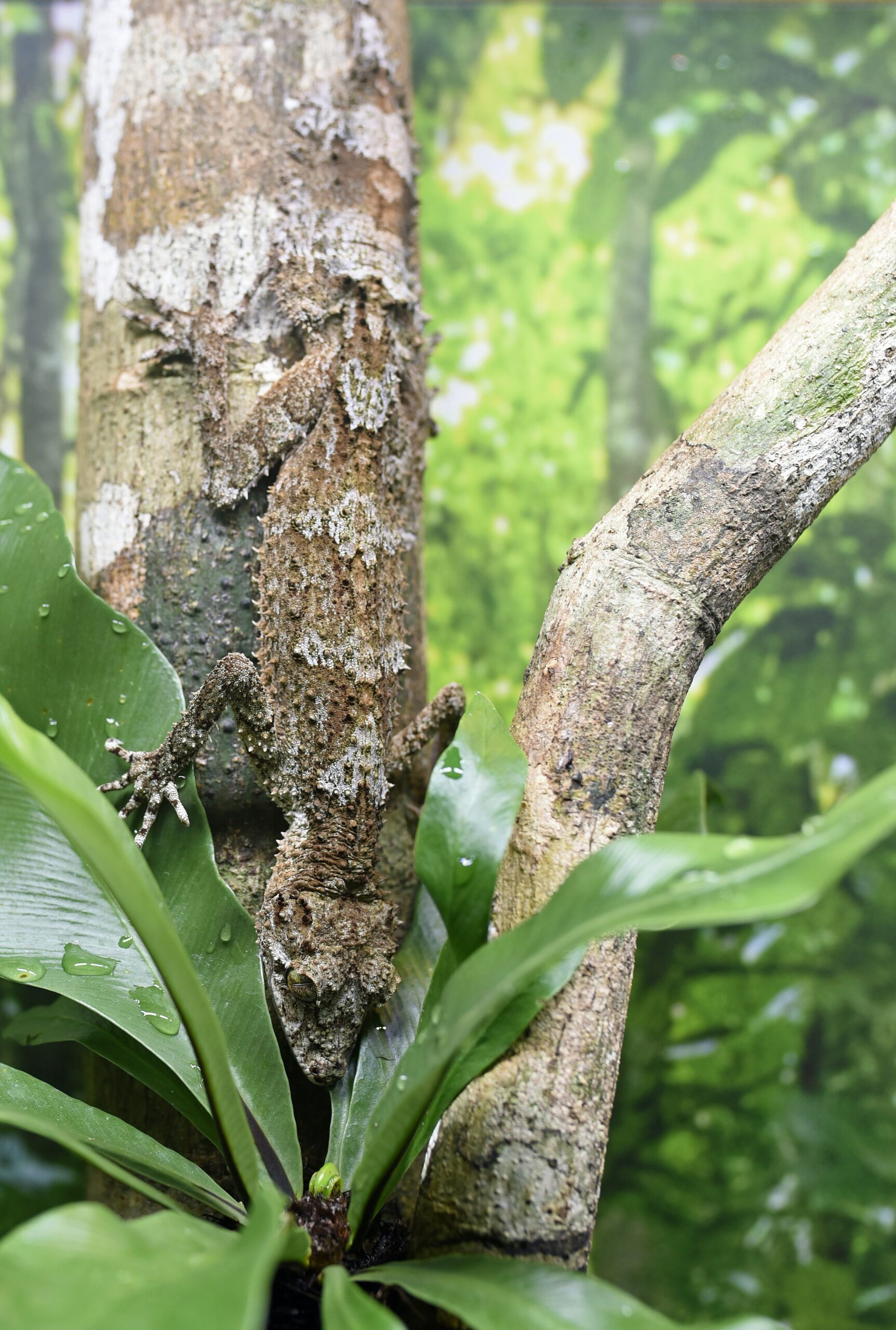
Patterns and Shapes in Camouflage
In addition to color, the patterns and shapes used in camouflage also play a significant role. Various patterns, such as mottled, striped, or spotted, can mimic the natural textures found in the environment. These patterns help break up the outline of the object and create depth and texture, making it harder to detect. The use of irregular shapes and asymmetry further enhances the camouflage effect by disrupting the shape recognition process of the brain. Learn about Theta Brainwaves here.
Types of Camouflage Patterns
Camouflage patterns can be tailored to specific environments. Woodland camouflage, for example, is designed to blend into forested areas with its earthy tones and mottled patterns. Desert camouflage, on the other hand, uses lighter shades and textures to match the sandy landscapes. Snow camouflage utilizes white and grey tones to blend into snowy terrain, while urban camouflage incorporates the colors and patterns prevalent in urban environments.
Design and Construction of Camouflage Gear
Creating effective camouflage gear involves careful consideration of materials, printing techniques, and design principles. The choice of materials is crucial to ensure durability, comfort, and breathability while maintaining the desired camouflage effect. Printing techniques, such as screen printing or digital printing, are used to apply the camouflage patterns onto the fabric. Design considerations include factors like scale, contrast, and the placement of disruptive elements to maximize the concealment potential.
Testing the Effectiveness of Camouflage Gear
Determining the effectiveness of camouflage gear requires rigorous testing and observation. Factors that affect visibility, such as lighting conditions and the distance between the observer and the concealed object, must be taken into account. Experiments can be conducted in controlled environments to measure the success of the camouflage patterns in concealing the object. Statistical analysis of the data gathered can provide insights into the efficiency of different camouflage designs.
Role of Camouflage in Outdoor Activities
Camouflage gear has found its place in various outdoor activities, enhancing both the experience and the success rate. In hunting, camouflage clothing and equipment help hunters blend into the natural environment and remain undetected by game animals. Birdwatchers utilize camouflage gear to observe birds closely without disturbing their natural behavior. Campers and hikers can benefit from camouflaged tents and backpacks, allowing them to blend into the surroundings and minimize their impact on the environment.
Benefits of Camouflage in Different Environments
Camouflage offers numerous benefits depending on the environment in which it is used. In forested areas, camouflage gear provides effective concealment amid the dense vegetation, allowing hunters and wildlife enthusiasts to get closer to their targets without being detected. In deserts, where the dominant color is sand, desert camouflage can effectively blend in and protect individuals from the scorching sun and potential threats. In mountainous and snowy regions, snow camouflage helps individuals navigate their surroundings while remaining hidden from both prey and predators.
Limitations and Challenges with Camouflage Gear
While camouflage gear has proven to be effective, there are limitations and challenges that need to be considered. Environmental factors such as changes in lighting conditions, weather, or foliage can affect the camouflage’s effectiveness. Color-matching issues may arise when the colors and patterns used in the gear do not perfectly match the surrounding environment. Movement and disruption patterns can also compromise the success of camouflage, as sudden movements and unnatural behavior can give away the presence of the individual or object.
Advanced Technology in Camouflage
Advancements in technology have led to the development of more advanced camouflage techniques. Digital camouflage, for example, utilizes pixelated patterns to blend in with various backgrounds. Infrared and thermal camouflage take advantage of the differences in heat signatures to conceal objects from thermal imaging devices. 3D textured camouflage incorporates three-dimensional elements to mimic the natural textures found in the environment, further enhancing the camouflage effect.
Future of Camouflage Gear
The future of camouflage gear is filled with scientific developments, potential innovations, and changing consumer trends. Researchers are constantly exploring new materials and technologies to improve the effectiveness and functionality of camouflage gear. Potential innovations may include adaptive camouflage that automatically adjusts color and pattern in response to the environment. Consumer trends, such as a growing interest in sustainable and eco-friendly practices, may influence the design and construction of camouflage gear in the future.
In conclusion, camouflage is a fascinating concept that has evolved over centuries of human history and has found its place in both the natural world and human-made environments. The science behind camouflage, including optical illusions, color theory, and pattern designs, provides valuable insights into how camouflage works and how it can be improved. Camouflage gear plays a crucial role in outdoor activities such as hunting, birdwatching, and camping, providing individuals with the ability to blend into their surroundings and increase their chances of success. Although there are limitations and challenges, advancements in technology offer exciting opportunities for the future of camouflage gear. Whether in nature or in our everyday lives, camouflage continues to captivate our imagination and prove its value in concealing and protecting.
